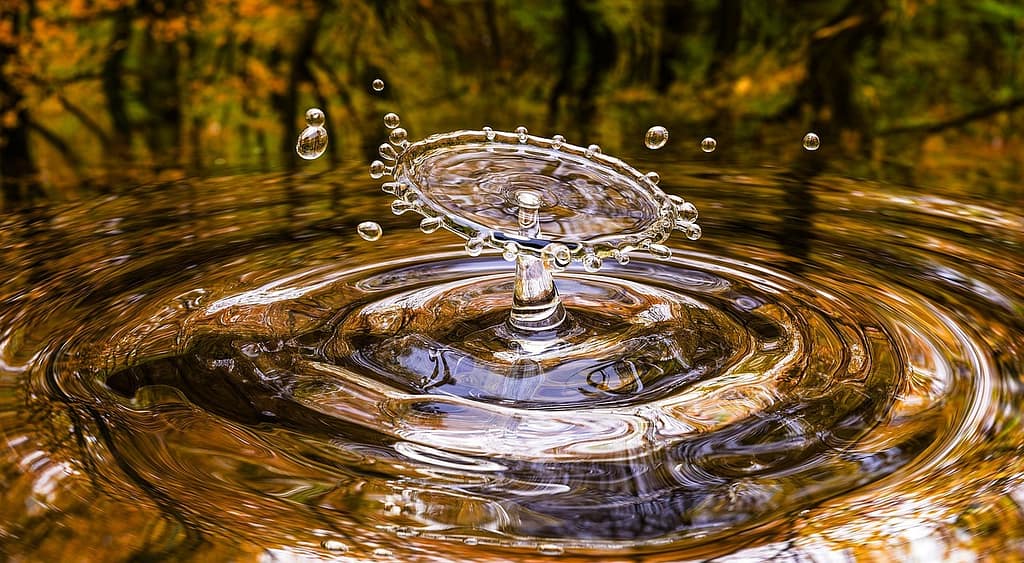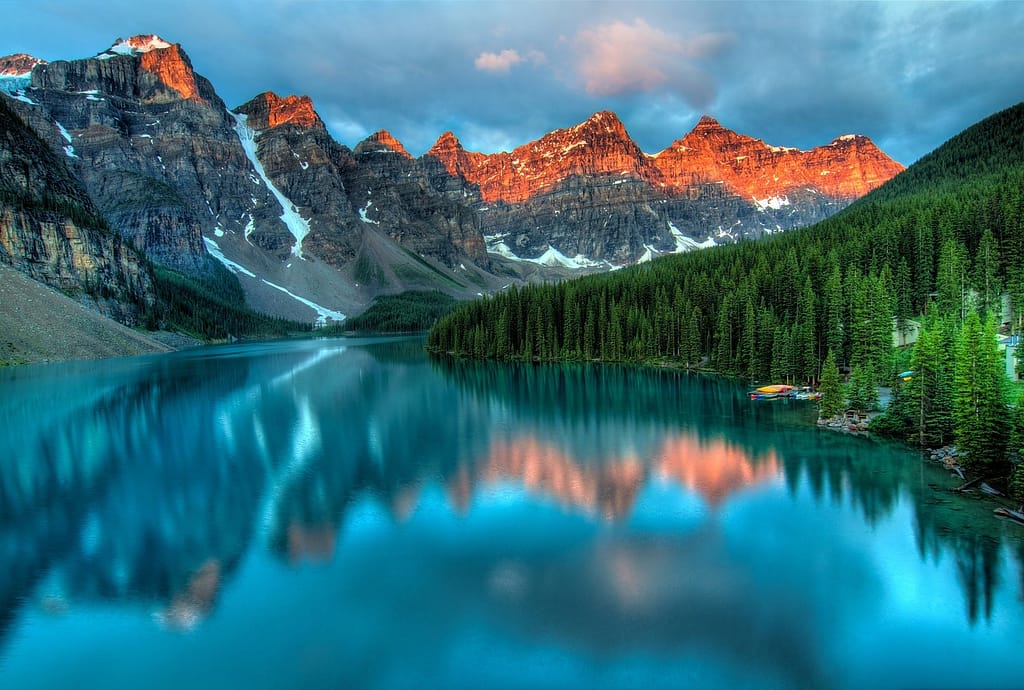Old-growth forests are more than just ancient trees; they are thriving ecosystems full of life, history, and natural beauty. These forests, which have often been untouched by human activity for centuries, play an important role in biodiversity conservation, climate regulation, and indigenous culture support. Understanding old-growth forest is critical as we address global issues such as climate change and biodiversity loss. In this article, we will look at the definition, characteristics, biodiversity, significance, management, and remaining locations of old-growth forests.
Definition
Old-growth forests, also known as primary or ancient forests, are ecosystems that have developed over long periods without significant disturbance. This term has evolved, with various organizations offering nuanced definitions. The U.S. Forest Service, for example, describes old-growth forests as having large, old trees and complex structures, while the World Wildlife Fund emphasizes their ecological richness and diversity.
One important distinction is between primary and secondary forests. Primary forests have remained largely intact for centuries, whereas secondary forests regenerate following major disturbances such as logging or natural disasters.
Characteristics of Old-Growth Forest
Old-growth forests are characterized by their unique structural features:
- Age and Size of Trees: These forests boast ancient trees, some of which are hundreds or even thousands of years old. The diversity in tree ages and sizes contributes to the forest’s complex structure.
- Canopy Structure: The canopy of an old-growth forest is multilayered, with different heights and densities of foliage. This stratification creates varied habitats for numerous species.
- Dead Wood and Fallen Logs: Dead trees, both standing (snags) and fallen, are crucial components of old-growth forests. They provide habitats for many organisms and contribute to the nutrient cycle.
- Soil Composition: The soil in old-growth forests is rich and fertile, supporting diverse plant life. It is often undisturbed, allowing for the development of unique microbial communities.
These characteristics foster unique ecological processes, such as natural disturbances (e.g., windstorms, wildfires) that create gaps in the forest, allowing new growth and maintaining biodiversity.
Biodiversity
Old-growth forests are biodiversity hotspots. They support a wide variety of plant and animal species, many of which are rare or endangered. The structural complexity of these forests creates numerous niches and habitats:
- Plant Diversity: Old-growth forests host a wide range of plant species, from towering trees to understory shrubs and ground-covering mosses.
- Animal Diversity: These forests provide habitats for numerous animals, including birds, mammals, reptiles, amphibians, and insects. Many species are specifically adapted to the unique conditions of old-growth ecosystems.
- Microhabitats: The presence of dead wood, canopy layers, and undisturbed soil creates microhabitats that support diverse life forms, from fungi and lichens to invertebrates and small mammals.
The intricate web of species interactions within old-growth forests contributes to their resilience and stability.
Importance Of Old-Growth Forest
The importance of old-growth forests extends beyond their ecological value:
- Carbon Sequestration: Old-growth forests play a significant role in mitigating climate change by absorbing and storing large amounts of carbon dioxide.
- Water Cycle Regulation: These forests regulate the water cycle, maintaining watershed health and ensuring clean water supplies.
- Soil Health: The rich, undisturbed soil of old-growth forests supports nutrient cycling and prevents erosion.
- Cultural Significance: Many indigenous communities have deep cultural and spiritual connections to old-growth forests, which are integral to their traditions and way of life.
- Economic Value: Old-growth forests contribute to the economy through ecotourism and sustainable timber harvesting. They also provide opportunities for scientific research and education.

Management of Old-Growth Forest
Managing and conserving old-growth forests presents several challenges:
- Threats: Logging, agriculture, urbanization, and climate change pose significant threats to these ancient ecosystems.
- Legal Protections: Effective management requires strong legal protections and policy frameworks to prevent exploitation and degradation.
- Restoration Efforts: Restoration initiatives, such as rewilding and reforestation, are essential to recover degraded forest and expand old-growth areas.
- Community Involvement: Involving local communities and integrating indigenous knowledge can enhance conservation efforts and ensure sustainable management.
Remaining Locations of Old-Growth Forests
Old-growth forests are found in various regions worldwide, though their extent has significantly declined. Some notable examples include:
- North America: Tongass National Forest in Alaska and the Great Bear Rainforest in British Columbia.
- South America: The Amazon Rainforest, although heavily impacted, still contains significant old-growth areas.
- Europe: Białowieża Forest, straddling Poland and Belarus, is one of the last and largest remaining parts of the primeval forest that once covered much of Europe.
- Asia: The Taiga forests of Russia and the rainforests of Southeast Asia.
- Africa: The Congo Basin, one of the largest and most biodiverse old-growth forest in the world.
- Oceania: The temperate rainforests of Tasmania and New Zealand.
Each of these forests has unique features and faces different conservation challenges.
Conclusion
Old-growth forests are valuable natural resources. They are important not only for biodiversity conservation and climate regulation, but also for cultural, economic, and scientific purposes. Protecting and conserving these ancient forests is critical to the health of our planet and future generations. By understanding their significance and supporting conservation efforts, we can ensure that these magnificent ecosystems thrive.
References
- U.S. Forest Service. (n.d.). Old-Growth Forest. Retrieved from https://www.fs.usda.gov/
- World Wildlife Fund. (n.d.). What is an old-growth forest? Retrieved from https://www.worldwildlife.org/
- National Geographic. (n.d.). Old-Growth Forest. Retrieved from https://www.nationalgeographic.com/
- Rainforest Alliance. (n.d.). The Importance of Old-Growth Forest. Retrieved from https://www.rainforest-alliance.org/





